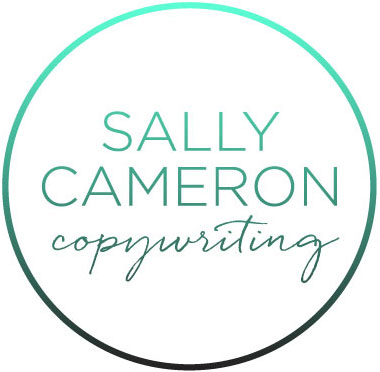“We’re all stories, in the end.”
― Steven Moffat
About 40,000 years ago, human beings tapped into the power of storytelling as a means of communication via cave art. Today, despite our overwhelming busyness and short attention spans, we’re still hardwired to tell and engage with stories. The neuroscience of storytelling shows a clear sensory cortex reaction to descriptive language, and it’s this innate response that makes information communicated via stories far more engaging and therefore much likelier to be retained.
This has certainly proven true here on my blog, with a quick skim of Google Analytics showing a positive correlation between posts anchored in personal stories and high traffic and engagement.
My most-popular posts in order are:
+ Introversion and freelancing: a match made in heaven which tells the story of how I struggled as an introverted teen and then manager, before finally making the move to freelancing (far more introvert-friendly!).
+ On writing just because (and the importance of honouring your creativity) which tells the story of rediscovering my love for creative writing after years of corporate life and “important” adult stuff.
+ Dealing with online copycats: a different perspective from personal experience which details the first time I got copycatted by a fellow copywriter, and how I dealt with it.
+ The beauty of being alone which explores how important alone time has been throughout my own life (and my Mum’s).
+ Done is better than perfect: a tale of a recovering perfectionist which tells the story of my struggle with perfectionism, and what I’m doing these days to be kinder to myself.
+ A day in my life: as featured on ClaireDeaneMarketing.com which gives a behind-the-scenes insight into my business routines, joys and struggles.
Clearly, this is not a coincidence. And it seems solopreneurs, start ups and SMEs are also waking up to the power of storytelling, with increasing demand for copywriters to produce brand stories, case studies, interviews and the like.
So, what should you keep front of mind when leveraging stories in your business?
1. Tell the truth: Nobody likes a fibber, and the truth is real stories make the best stories anyway. It was Mark Twain who said, ‘Truth is stranger than fiction.’ And nothing fosters connection, engagement and trust like authenticity.
2. Share your struggles: We don’t just want to know how great things are now, we want to understand how you got there. Be open, and share your journey in all its guts and glory. What did you face / conquer / overcome? How did you do it?
3. Find the hidden heroes: Sure, your CEO’s clearly an integral part of your business puzzle. But, what about Suzie in customer support and James in IT? What’s their story? How are they contributing? And why do your clients value them? Remember: we all want someone to root for, especially an underdog.
4. Make it entertaining: Stories need to sing and dance on the page. Leverage descriptive language, dialogue, metaphor, 3D imagery and tried-and-tested story arcs to light up those sensory receptors and get us fully immersed.
5. Flip the spotlight: There’s two sides to every story, so reach out to your readers and ask, ‘What about you?’ Even better – go one step further and integrate their story with your own for maximum buy-in and brand loyalty.
6. Expand your audience: Great stories deserve to be shared, so make it easy for your readers to do so with streamlined social media functionality.
+++
So, over to you. What’s your story? And how are you leveraging it to engage your target market?




